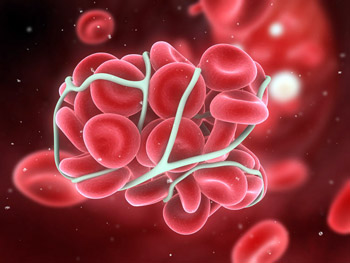 Hyperlipemia
Hyperlipemia refers to the elevated concentration of lipids in the plasma. When the plasma lipoprotein concentration exceeds the normal maximum, it is called hyperlipoproteinemia. As plasma lipid is liposoluble, it must be combined with protein to form a water-soluble compound that can circulate in the body. Therefore hyperlipemia is usually manifested as hyperlipoproteinemia and the following physical signs are commonly seen, xanthoma of eyelid, xanthoma of tendon, subcutaneous nodular xanthoma and arteriosclerosis, or overweight and fundus lipidosis. This disease is the pathologic base of coronary atherosclerotic heart disease, hypertension, diabetes, fatty liver, cholelithiasis, apoplexia, etc. and becomes the main risk factor that endangers the health of mankind.
The causes of this disease fall into two main categories: primary and secondary. Primary hyperlipemia arises from congenital metabolic defect of lipid and lipoprotein (or hereditary defect) and from certain environmental factors (including diet, nutrition and drugs) through some unknown mechanism. Secondary hyperlipemia arises from certain diseases such as diabetes, liver diseases, kidney
diseases, thyroid diseases and the effect of some factors such as wine drinking, obesity, diet, life style, etc. Continue to read Chinese Medicine Treatment for Hyperlipemia.
This disease is included in the categories of "tan zheng" (phlegm syndrome), "shi zhuo" (damp retention), "xuan yun" (vertigo), "fei pang" (obesity) and others in TCM. Its causes are related to congenital defect, improper diet, seven emotional disorders, debility after prolonged illness, and overstrain. The main pathogenesis is deficiency of the liver, spleen and kidney, internal stagnation of phlegm-dampness, blockage of the vessels and disharmony between yin and yang, qi and blood.